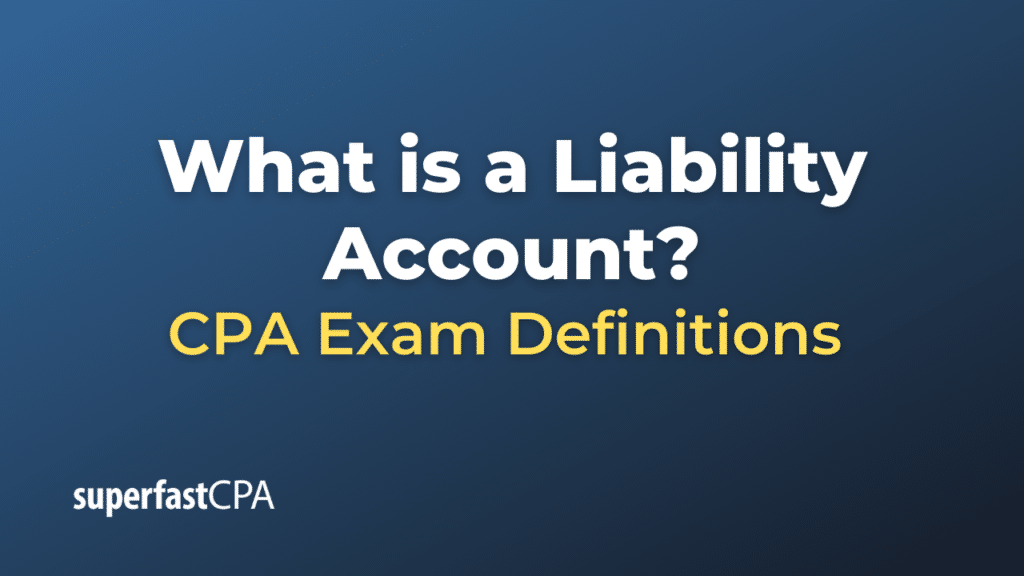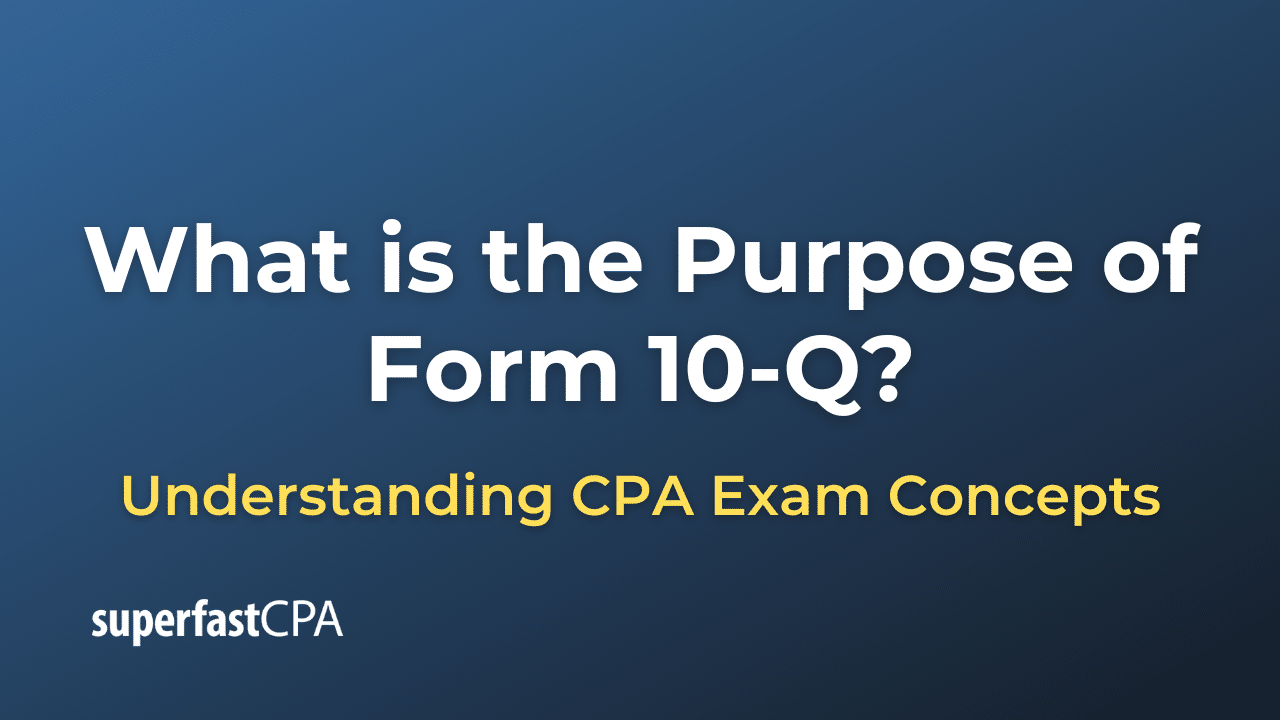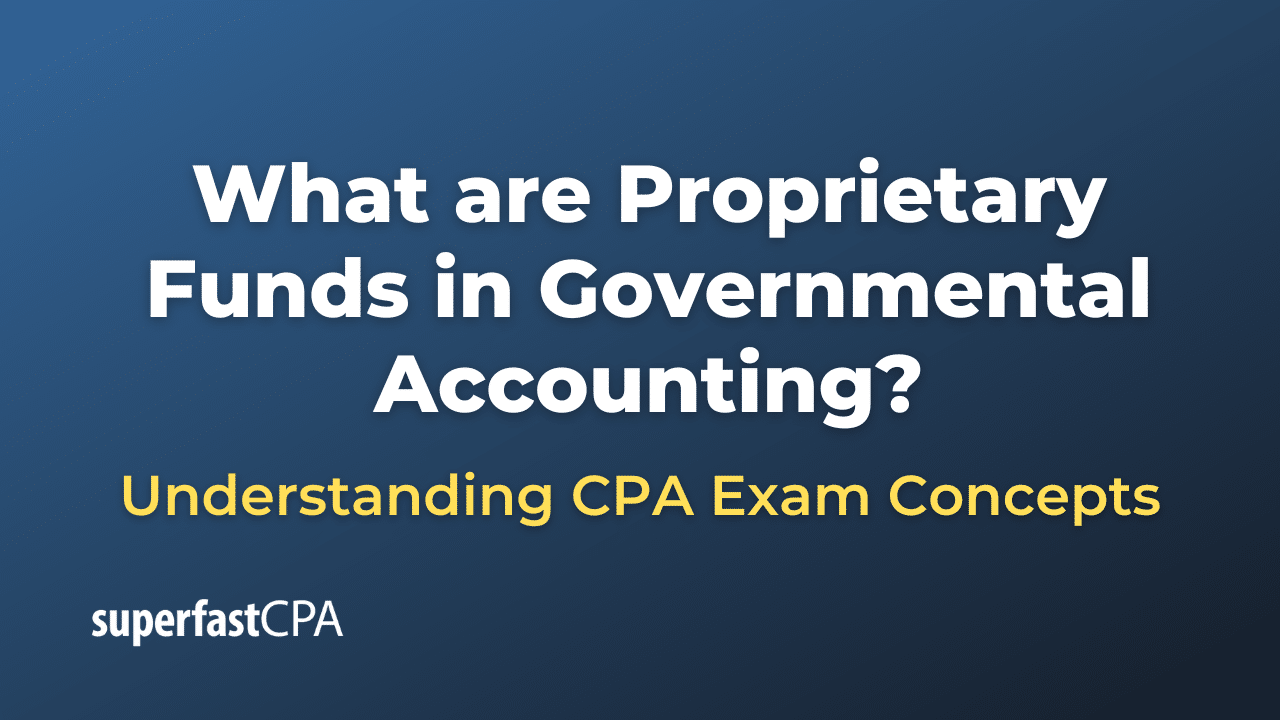Liability Account
A liability account is a type of account in a company’s general ledger that records its current and long-term liabilities. Liabilities are financial obligations or debts that a company owes to other entities, and they can arise from a number of business activities such as borrowing money, purchasing goods or services on credit, receiving advance payments for future service, tax obligations, etc.
Liability accounts typically have a credit balance, and they increase on the credit side and decrease on the debit side, which is the opposite of asset accounts. This aligns with the fundamental accounting equation, where Assets = Liabilities + Equity.
Here are a few examples of common liability accounts:
- Accounts Payable: This account is used to track all short-term obligations to pay suppliers who have provided the company with goods or services.
- Notes Payable: This is a liability created when the company signs a note promising to pay a lender.
- Accrued Expenses: This account records expenses that have been incurred but not yet paid.
- Unearned Revenue: This account is used when the company receives payment for goods or services that it has not yet delivered.
- Long-term Liabilities: These can include bonds payable, long-term loans, deferred tax liabilities, etc.
Each of these accounts will be listed separately on the company’s balance sheet, allowing both management and investors to see the types and amounts of debt the company is obligated to pay in the future.
Example of a Liability Account
Let’s use a fictional business, “Techtronics Inc.,” to illustrate an example of various liability accounts. Here’s how the liabilities section of the balance sheet might look:
Liabilities
Current Liabilities:
- Accounts Payable: $50,000
- Accrued Expenses: $20,000
- Unearned Revenue: $10,000
- Short-Term Notes Payable: $15,000
Total Current Liabilities: $95,000
Long-Term Liabilities:
- Long-Term Loans Payable: $150,000
- Bonds Payable: $200,000
Total Long-Term Liabilities: $350,000
Total Liabilities: $445,000
In this example:
- Accounts Payable is money that Techtronics owes to its suppliers.
- Accrued Expenses represent costs that the company has incurred but not yet paid, such as wages payable to employees or interest payable on a loan.
- Unearned Revenue is money received from customers in advance for goods or services that have not yet been delivered.
- Short-Term Notes Payable represents any short-term borrowings that the company must repay within the next year.
- Long-Term Loans Payable and Bonds Payable represent money that the company has borrowed and must repay, but the due date is more than one year in the future.
These accounts provide a detailed picture of the company’s liabilities, both in the short-term (current) and the long-term. By examining these accounts, anyone can see the obligations that Techtronics must fulfill.














